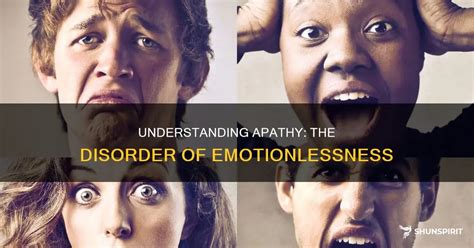Violence is a complex and multifaceted issue that affects individuals, communities, and societies worldwide. It is a significant public health concern, with far-reaching consequences for physical and mental health, social and economic development, and human rights. According to the World Health Organization (WHO), violence is a leading cause of death and disability worldwide, resulting in approximately 1.6 million deaths per year. Furthermore, violence can have long-lasting effects on individuals, families, and communities, perpetuating cycles of violence and hindering social and economic progress.
Key Points
- Violence is a major public health concern, resulting in approximately 1.6 million deaths per year.
- The consequences of violence can be long-lasting, affecting individuals, families, and communities.
- Violence can perpetuate cycles of violence, hindering social and economic progress.
- Addressing violence requires a comprehensive approach, involving multiple sectors and stakeholders.
- Prevention and intervention strategies can be effective in reducing violence, but require sustained commitment and resources.
Types of Violence

Violence can take many forms, including physical, emotional, and psychological abuse. It can occur in various settings, such as the home, community, or workplace, and can be perpetrated by individuals, groups, or institutions. Some common types of violence include:
- Intimate partner violence: violence between romantic partners, including physical, emotional, and sexual abuse.
- Child abuse: violence against children, including physical, emotional, and neglect.
- Bullying: violence and intimidation against individuals, often in schools or workplaces.
- Community violence: violence that occurs in public spaces, such as streets, parks, or other community areas.
Causes and Risk Factors
The causes of violence are complex and multifaceted, involving a range of factors, including:
- Socioeconomic factors: poverty, unemployment, and social inequality can contribute to violence.
- Cultural and social norms: cultural and social norms that condone or promote violence can increase the risk of violent behavior.
- Individual factors: mental health issues, substance abuse, and personality disorders can increase the risk of violent behavior.
- Environmental factors: exposure to violence, trauma, and stress can increase the risk of violent behavior.
| Category | Risk Factor | Prevalence |
|---|---|---|
| Socioeconomic | Poverty | 22% |
| Cultural and Social | Exposure to violence | 35% |
| Individual | Mental health issues | 18% |
| Environmental | Trauma and stress | 25% |

Prevention and Intervention

Preventing and intervening in violence requires a range of strategies, including:
- Early childhood interventions: programs that promote healthy child development, such as parenting classes and home visitation programs.
- Education and awareness: programs that educate individuals and communities about the causes and consequences of violence, as well as strategies for prevention and intervention.
- Community-based programs: programs that provide support and resources to individuals and families, such as counseling, advocacy, and support groups.
- Policies and legislation: laws and policies that address the root causes of violence, such as poverty, inequality, and social injustice.
Challenges and Limitations
Despite the importance of addressing violence, there are several challenges and limitations to prevention and intervention efforts, including:
- Lack of resources: prevention and intervention programs often require significant funding and resources, which can be limited.
- Stigma and shame: individuals who experience violence may feel stigma and shame, which can prevent them from seeking help.
- Cultural and social norms: cultural and social norms that condone or promote violence can make it difficult to prevent and intervene in violent behavior.
- Complexity of the issue: violence is a complex and multifaceted issue, requiring a comprehensive and nuanced approach to prevention and intervention.
What are the most common types of violence?
+The most common types of violence include intimate partner violence, child abuse, bullying, and community violence.
What are the causes and risk factors for violence?
+The causes and risk factors for violence include socioeconomic factors, cultural and social norms, individual factors, and environmental factors.
What are some effective strategies for preventing and intervening in violence?
+Effective strategies for preventing and intervening in violence include early childhood interventions, education and awareness, community-based programs, and policies and legislation.



